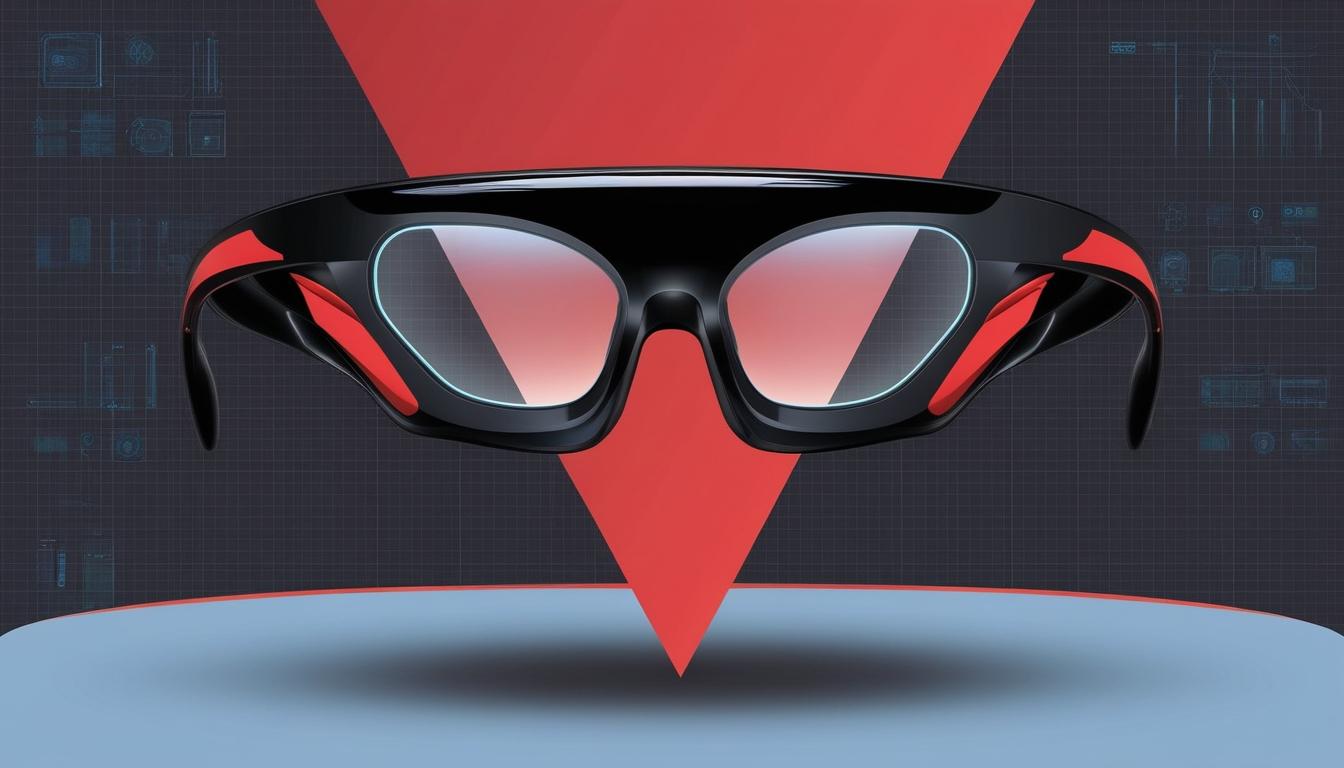At the recently concluded Consumer Electronics Show (CES) 2025, advancements in artificial intelligence automation for businesses were prominently showcased, underlining the innovative possibilities of AI technologies across various sectors. Notably, chipmaker Nvidia made headlines by introducing a new AI model designed for enhanced understanding of the physical world, alongside a new suite of large language models intended to power future AI agents.
Nvidia’s CEO, Jensen Huang, articulated the company’s vision, stating that these foundational AI models are particularly suitable for applications in robotics and autonomous vehicles. However, they also have the potential to redefine the capabilities of smart glasses, which have become increasingly popular as tech-enabled eyewear gathers momentum in the market. According to Counterpoint Research, shipments of Meta's smart spectacles surpassed 1 million units in November 2024, indicating a growing consumer interest in such AI-integrated technologies.
These devices are positioned to serve as effective platforms for AI assistants, which could utilise built-in cameras and sophisticated processing capabilities to interpret visual and auditory information, assisting users in various tasks beyond simple queries. During a press conference at CES, Huang remarked on the exhilarating potential of combining AI with wearables and technologies like smart glasses, stating, "The use of AI as it gets connected to wearables and virtual presence technology like glasses, all of that is super exciting."
Huang further elaborated on the concept of cloud processing, suggesting that with Nvidia's Cosmos model, heavy queries could be processed in the cloud, alleviating the computational demands typically placed on portable devices. He indicated that if manufacturers wished to introduce smart glasses that harness Nvidia’s AI capabilities directly on the device, the Cosmos model could be optimised into a more compact version tailored for specific functionalities.
Nvidia’s new AI Cosmos model aims to collect extensive data about the physical environment, a process akin to training large language models on written content. Huang predicted, “The ChatGPT moment for robotics is coming,” indicating significant advancements in the field.
In addition to the new models based on Meta's Llama technology, known as Llama Nemotron, which are intended to accelerate AI agent development, Nvidia's recent patent application has generated speculation regarding future smart glasses offerings. Despite the absence of formal announcements from the company, the tech landscape is shifting as significant players like Google, Samsung, and Qualcomm revealed plans last month to collaborate on a new mixed reality platform called Android XR, suggesting a move towards heightened prominence for smart glasses in the near future.
Several innovative smart glasses were showcased at CES 2025, including the RayNeo X3 Pro and Halliday models. Additionally, a report from the International Data Corporation from September projected a substantial 73.1% increase in smart glasses shipments in 2024, reinforcing the anticipation surrounding the evolution of this technology. Nvidia’s ongoing developments are positioned as a key element to observe within this rapidly expanding domain.
Source: Noah Wire Services
